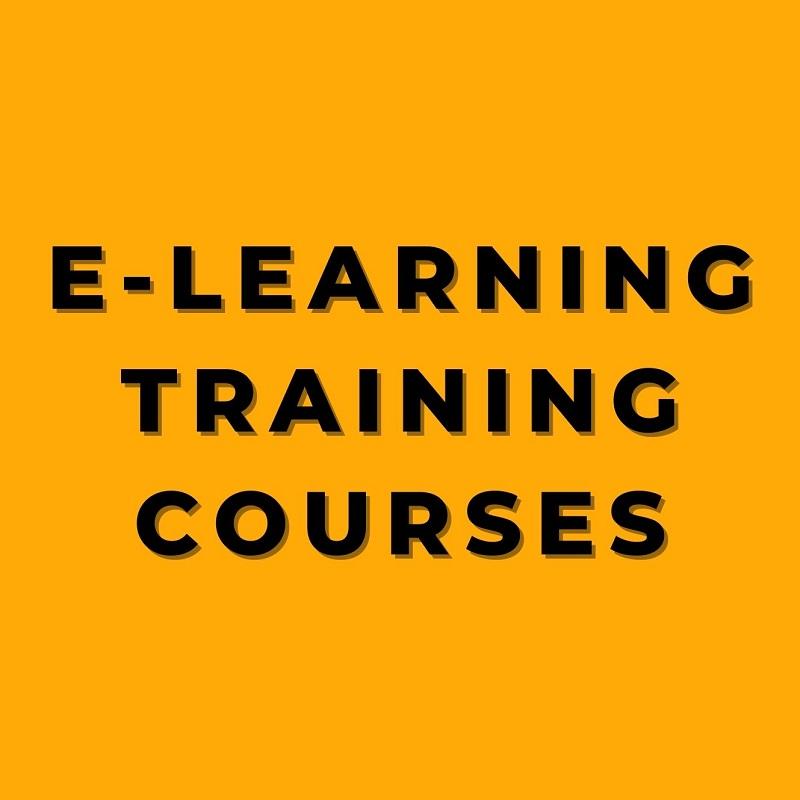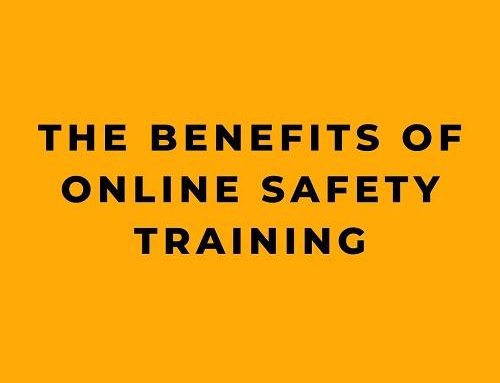Let’s discuss eLearning and the importance of Learning Management Systems or LMS. E-learning training courses have been on the rise in recent years, and with the onset of the COVID-19 pandemic, their usage has skyrocketed, making them an essential tool for delivering education remotely, especially in areas where traditional in-person learning may not be possible.
The cost of education has been a significant burden for many students, but e-learning and distance education have become effective ways to reduce this cost. With e-learning training courses, the need for physical classrooms is eliminated, reducing overhead costs and passing on these savings to students. In addition, many distance education programs are self-paced, which means that students can complete coursework at their own pace, reducing the need for costly student housing, transportation, and other expenses associated with traditional classroom learning.
An LMS is a software application that administers, tracks, documents, reports, and delivers educational content, training programs, or learning and development programs. LMSs are focused on online learning delivery but support a range of uses, acting as a platform for online content, including courses, both asynchronous and synchronous. In the higher education space, an LMS may offer classroom management for instructor-led training or a flipped classroom. Modern LMSs include intelligent algorithms that make automated recommendations for courses based on a user’s skill profile and extract metadata from learning materials to make such recommendations even more accurate.
LMSs are highly valuable tools for educational institutions and organizations of all types, providing a powerful platform for online content delivery, tracking, and analysis. One of the most important features of LMS is to create streamlined communication between learners and instructors. Such systems, besides facilitating online learning, tracking learning progress, providing digital learning tools, managing communication, and maybe selling content, may be used to provide different communication features. LMSs help educators with managing courses, users, and roles. For example, teachers can add text, images, videos, PDFs, tables, links, and text formatting, interactive tests, and slideshows, among others.
Moreover, LMSs and e-learning training courses enable instructors to create automated assessments and assignments for learners, which are accessible and submitted online. Most platforms allow a variety of different question types such as one/multi-line answer, multiple-choice answer, ordering, free text, matching, essay, true or false/yes or no, fill in the gaps, agreement scale, and offline tasks. Students can either learn asynchronously (on demand, self-paced) through course content such as pre-recorded videos, PDFs, SCORM, or undertake synchronous learning through mediums such as webinars.
The advantages of LMS include interoperability, accessibility, reusability, durability, maintenance ability, and adaptability. However, the disadvantages include that teachers have to be willing to adapt their curricula from face-to-face lectures to online lectures, and there is the potential for instructors to try to directly translate existing support materials into courses which can result in very low interactivity and engagement for learners if not done well.
The COVID-19 pandemic has caused a dramatic shift in the way teachers and students at all levels interact with each other and learning materials. UNESCO estimated that as of May 25, 2020, approximately 990,324,537 learners, which represents 56.6% of the total enrolled students, have been affected by COVID-19 related school closures. The sudden transition to remote learning and e-learning training courses has created many challenges for both educators and students. For instance, students in lower-income households may not have access to the necessary technology, reliable internet, or a suitable learning environment, making it challenging for them to engage in remote learning. On the other hand, teachers may struggle to deliver quality education and maintain their students’ attention when not in a classroom setting
Building on the topic of effective online training, our company offers a comprehensive selection of online safety courses that utilize cutting-edge technology and interactive content to ensure maximum engagement and retention. Our courses incorporate real-life workplace scenarios and interactive quiz questions, as well as remediation training, to ensure that employees are fully engaged and retain more of the information they have learned. Our courses cover a range of important topics, including regulatory compliance, human resource issues, and general safety topics, and are designed to cater to different learning styles and preferences. Additionally, all training activity is tracked and recorded, providing managers with a simple way to monitor their employees’ progress.
References:










